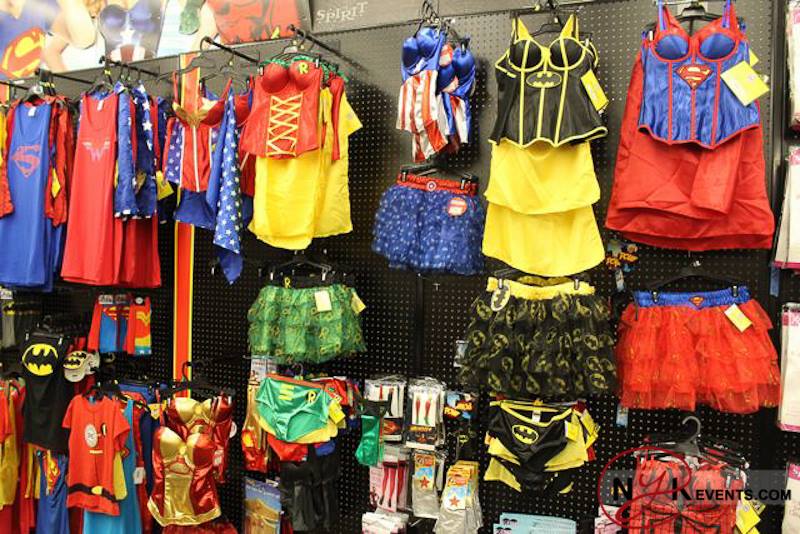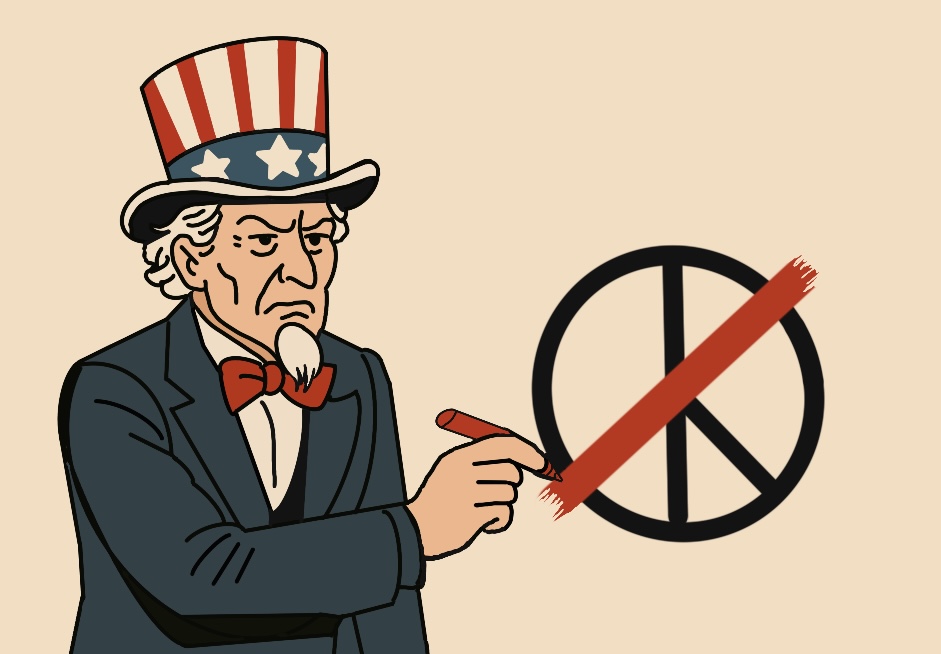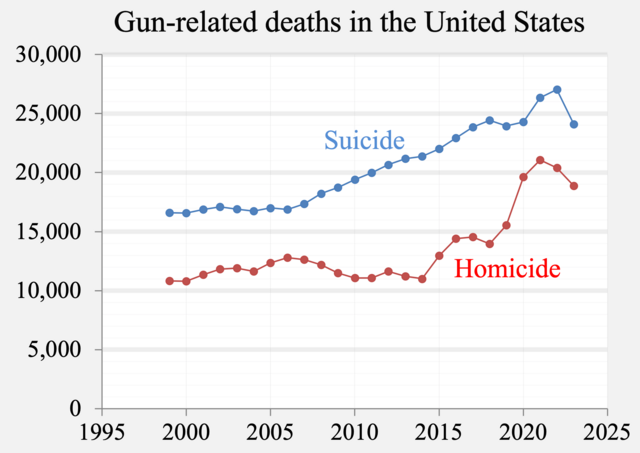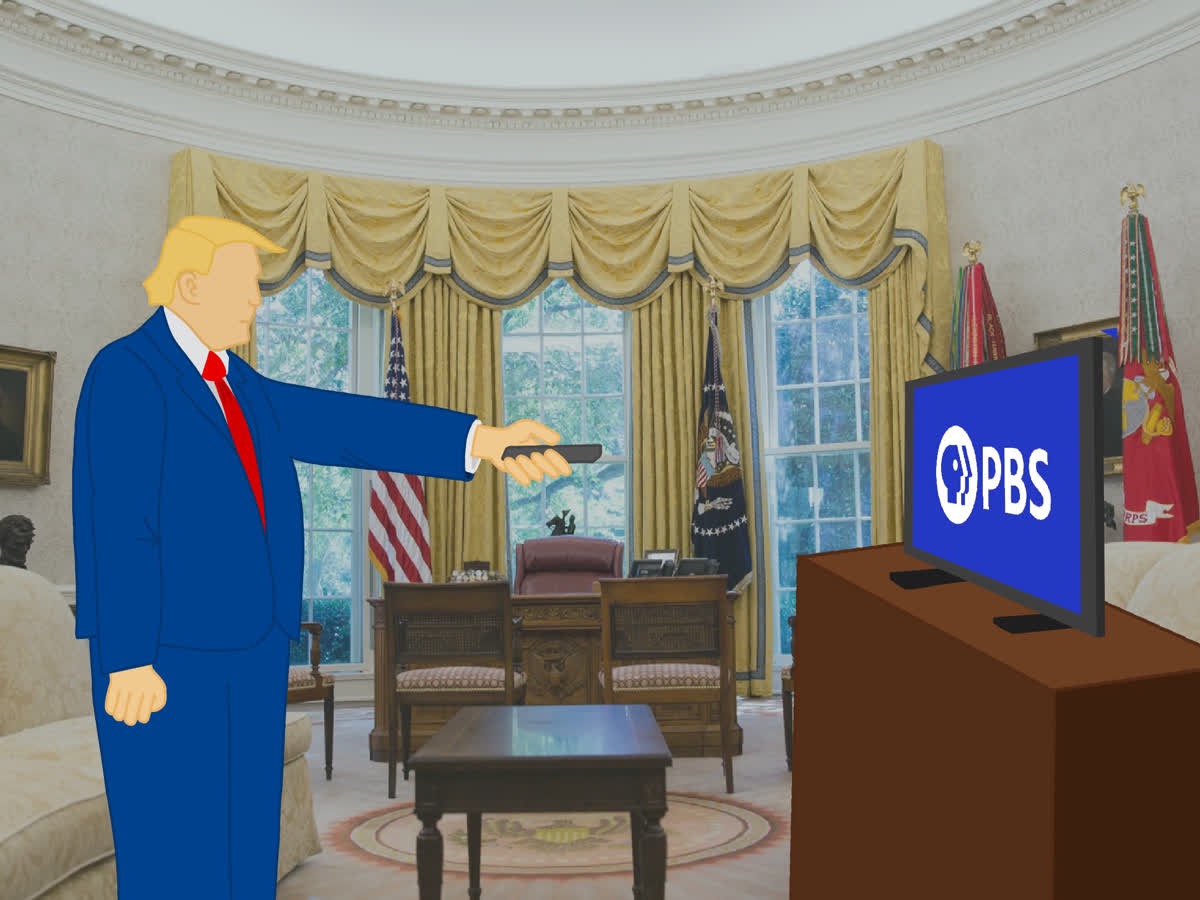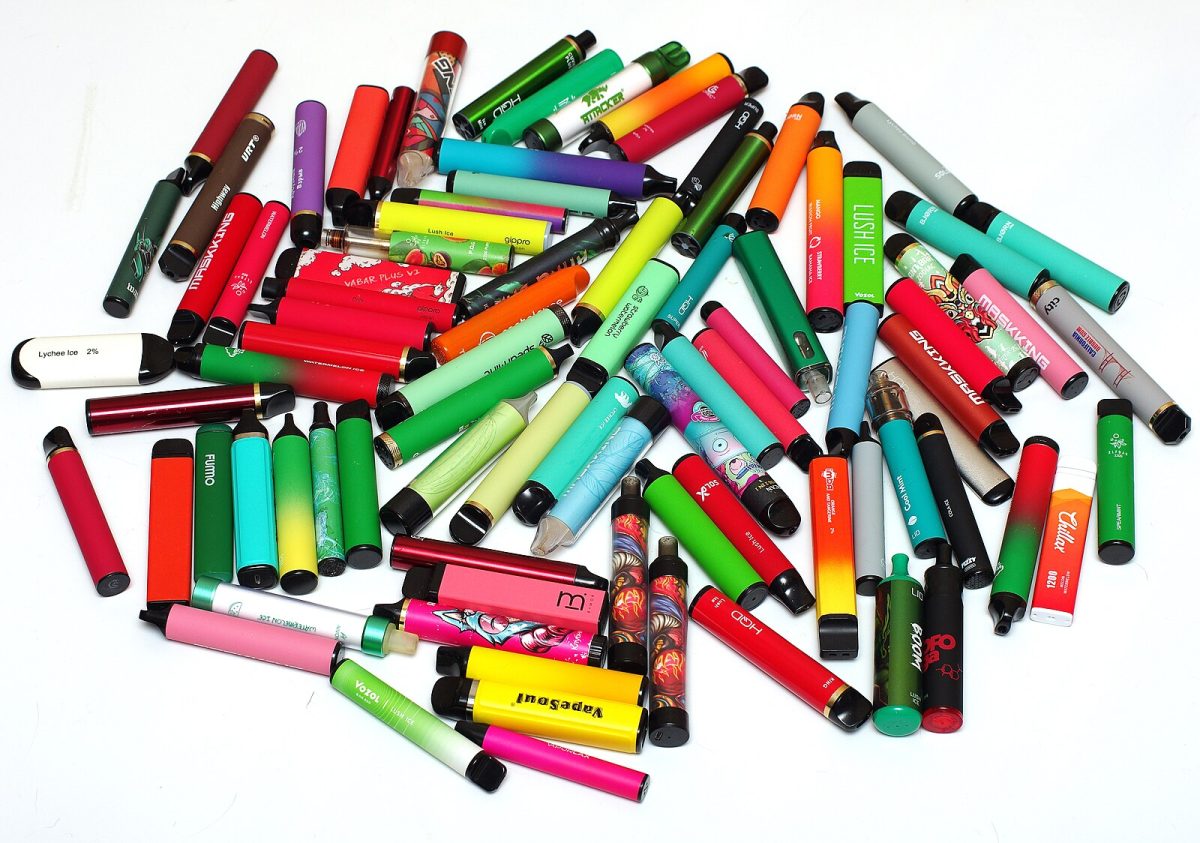 From toddlers to the elderly, Halloween is a delightful occasion that has been a part of American culture for decades. On October 31st, the streets of neighborhoods across the country are invaded at night by various monsters, movie characters, and other figures who seek candy at every door in sight. A cheerful feeling is felt among everyone on the magical night as people of all ages enjoy the tradition. However, the holiday in recent years has been setting record highs in the financial sense, with overall Halloween expenses in America reaching $7.4 billion in 2014. How has this non-federal holiday become such a pool of money?
From toddlers to the elderly, Halloween is a delightful occasion that has been a part of American culture for decades. On October 31st, the streets of neighborhoods across the country are invaded at night by various monsters, movie characters, and other figures who seek candy at every door in sight. A cheerful feeling is felt among everyone on the magical night as people of all ages enjoy the tradition. However, the holiday in recent years has been setting record highs in the financial sense, with overall Halloween expenses in America reaching $7.4 billion in 2014. How has this non-federal holiday become such a pool of money?
There are many things which Americans spend money on during Halloween, but by far the things which are spent on the most are costumes. If you were to look back to the 1980s, there was no such thing as going to the stores to buy costumes. Children made their own from various things found around the house. Ghosts could be made from blankets, mummies could be made from toilet paper, robots could be made from cardboard, and almost everything else that haunted the streets during Halloween could be made from items which were already owned by children. Sure, there was always the need for manufactured goods such as novelty masks, but most costumes could primarily be constructed from common objects. In 2014, 38 percent of the $7.4 billion was spent on costumes. That’s over $2 billion on costumes alone. Despite being the most important aspect of Halloween, the amount of money spent on costumes is ridiculous. This means that companies such as Disney and Nintendo who make such popular characters can sell costumes of them and make huge sums of money from the children who dress up as them.
There would be no such thing as Halloween today if it wasn’t for candy. Trick-or-Treating is for children in costumes to collect candy from houses throughout their neighborhood. This means that candy sales skyrocket around Halloween in order to supply everyone who distributes candy to Trick-or-Treaters. Both Halloween-themed and normal candy are sold by the masses every year to collect total sales total sales of over $2 billion. The companies which sell their sweet candies obviously collect most of their income around this time of year. . Even though most families buy candy whether they actually participate in the festivities or not, it is still baffling how much money goes into this relatively new holiday.
The average American spends around $75 on Halloween, mostly on costumes. Store-bought costumes are usually overpriced jumbles of itchy cloth. An alternative would be the much more logical solution used a few decades ago: improvise your costumes with objects that you already own. For example, if you were to combine a leather jacket, boots, pants and a spray-painted Nerf gun, you’ll have Mad Max. Even though the massive influx of money that goes into Halloween is in no way bad, the staggering numbers should motivate people to spend less on cheap factory-made products. You can make Halloween a more memorable experience by whipping up your own version of what you want to be for Halloween.

